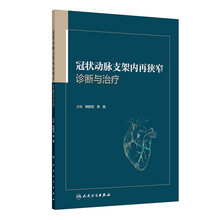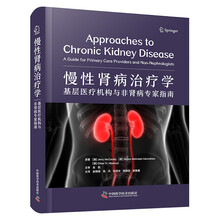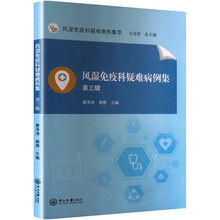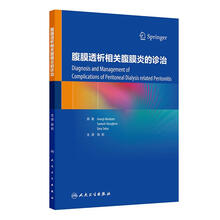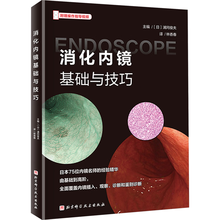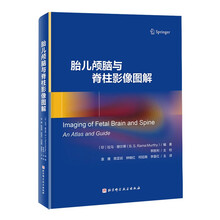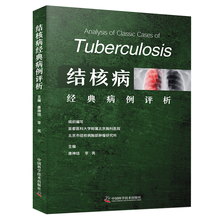Once stabilized, all survivors of SCD should undergo echocardiography to seek evidence of CAD or valvular heart disease and to determine the LVEE Patients with normal LV function but with risk factors for CAD should undergo diagnostic exercise stress testing. In patients with a depressed EF, cardiac catheterization may be warranted to exclude significant underlying CAD, and EPS may be indicated for risk stratification and guidance of therapy.<br> Treatment<br> The initial management of survivors of SCD is in large part supportive, with most requiring intubation and mechanical ventilation for several days. Hemodynamic lability is common, as are CHF, recurrent arrhythmias, and infection (especially aspiration pneumonia). Most survivors are neurologically impaired following the event but have neurologic recovery (albeit often incomplete recovery) over the course of several days. Hypothermic therapy has been shown to improve overall neurologic outcome following SCD and should be instituted in patients who remain unresponsive after resuscitation. Hypothermia is achieved via cooling blankets or intravascular cooling devices. The patients temperature should be reduced to 32 to 34℃ for 24 hours, after which passive warming is allowed. Patients must be sedated, and pharmacologic paralysis is required during hypothermia to prevent shivering.<br> The specific treatment of survivors of SCD depends on the etiology of the event. If a reversible cause is identified (e.g., medication toxicity or electrolyte abnormality), treatment involves correcting the underlying problem. However, if the patient is thought to have suffered an acute ischemic event as the basis for SCD, cardiac catheterization should be performed and percutaneous or surgical revascularization undertaken if possible. Implantation of an ICD should be strongly considered in all SCD survivors who have had a previous MI or have an underlying cardiomyopathy and who are felt to have had an arrhythmic event as the cause of SCD (see Chapter 25). These devices will monitor for and treat recurrent arrhythmias and reduce mortality in this setting. A formal EPS may be warranted in SCD survivors for whom an arrhythmic cause is not certain in order to determine the inducibility of ventricular tachyarrhythmias. Many of these patients will require treatment with an antiarrhythmic agent(such as amiodarone) and most will require implantation of an ICD. Patients with long-QT syndrome require removal of offending medications, correction of. metabolic abnormalities, and frequently ICD placement.<br> The primary prevention of SCD is difficult because many patients do not manifest signs or symptoms that may indicate their high risk of SCD. Since most cases of SCD are due to CAD or underlying structural heart disease, screening for disease in at-risk individuals may reduce the incidence of SCD by identifying patients with predisposing conditions and allowing for adequate therapy before SCD occurs. In general, correcting, or at least improving, cardiac function in those diseases known to cause SCD can reduce its incidence.<br> Patients with a depressed LVEF who also have non sustained VT (especially those with underlying CAD) have a significantly increased risk of developing SCD. These patients may warrant ICD placement.
展开

